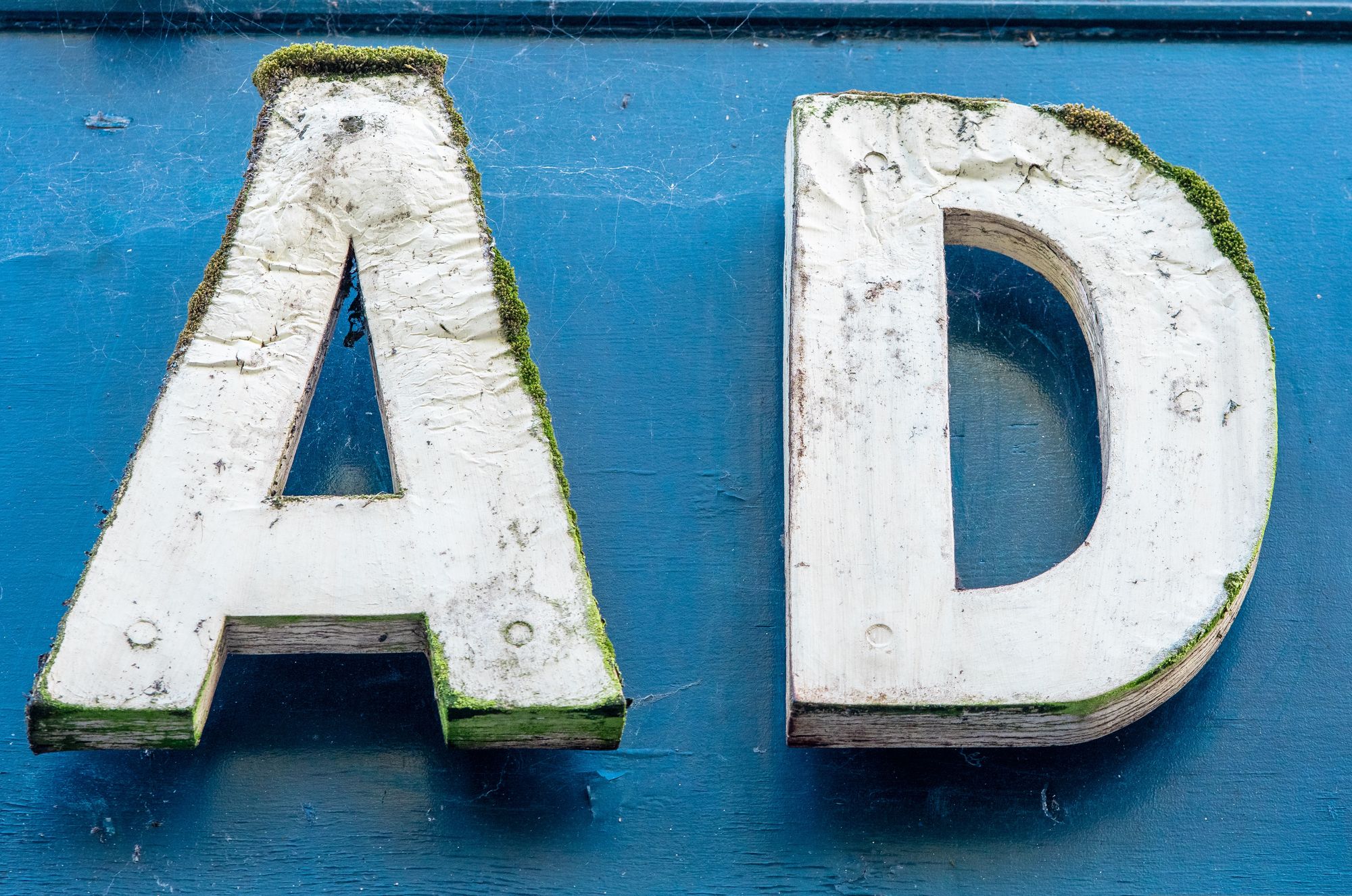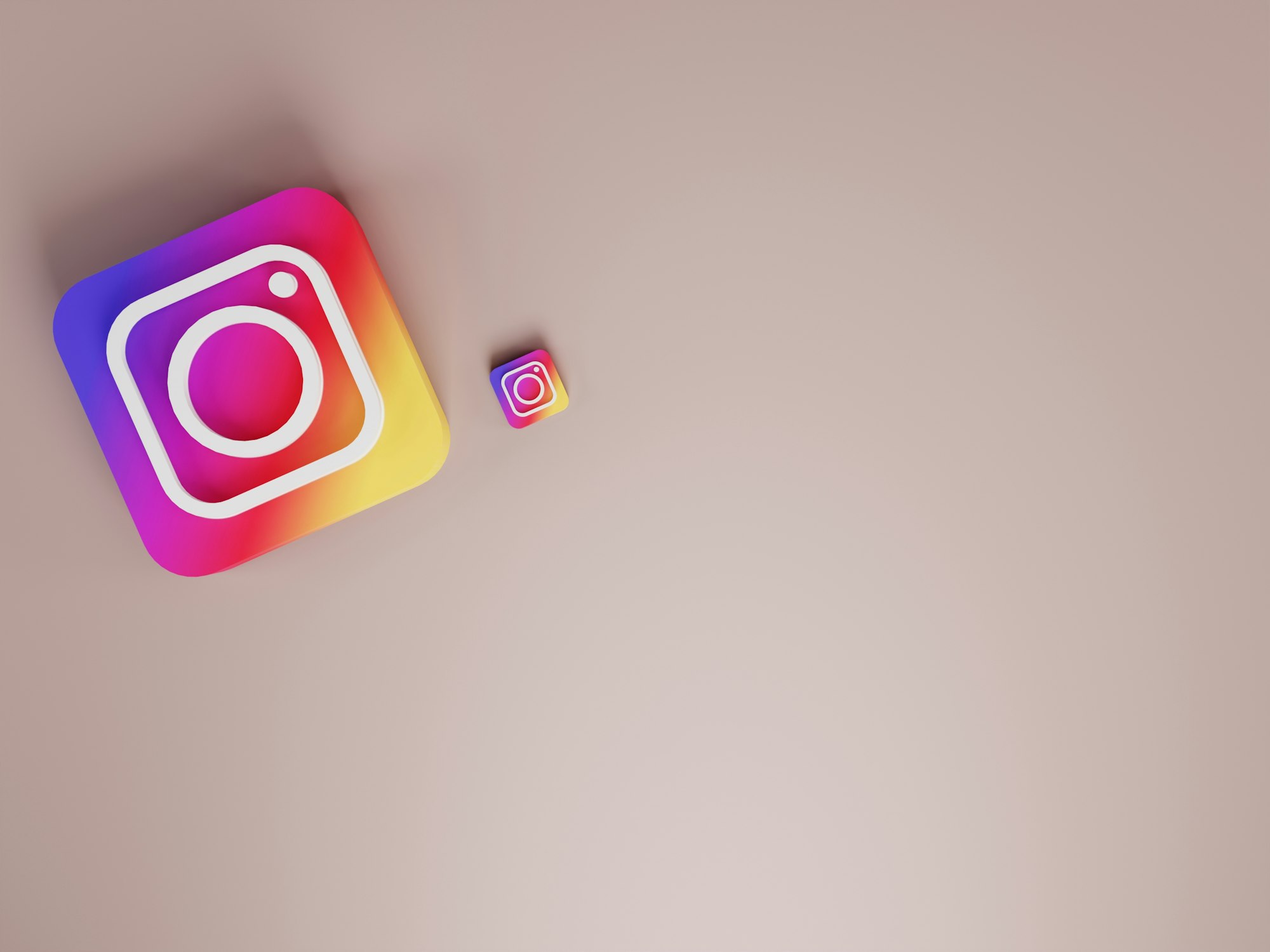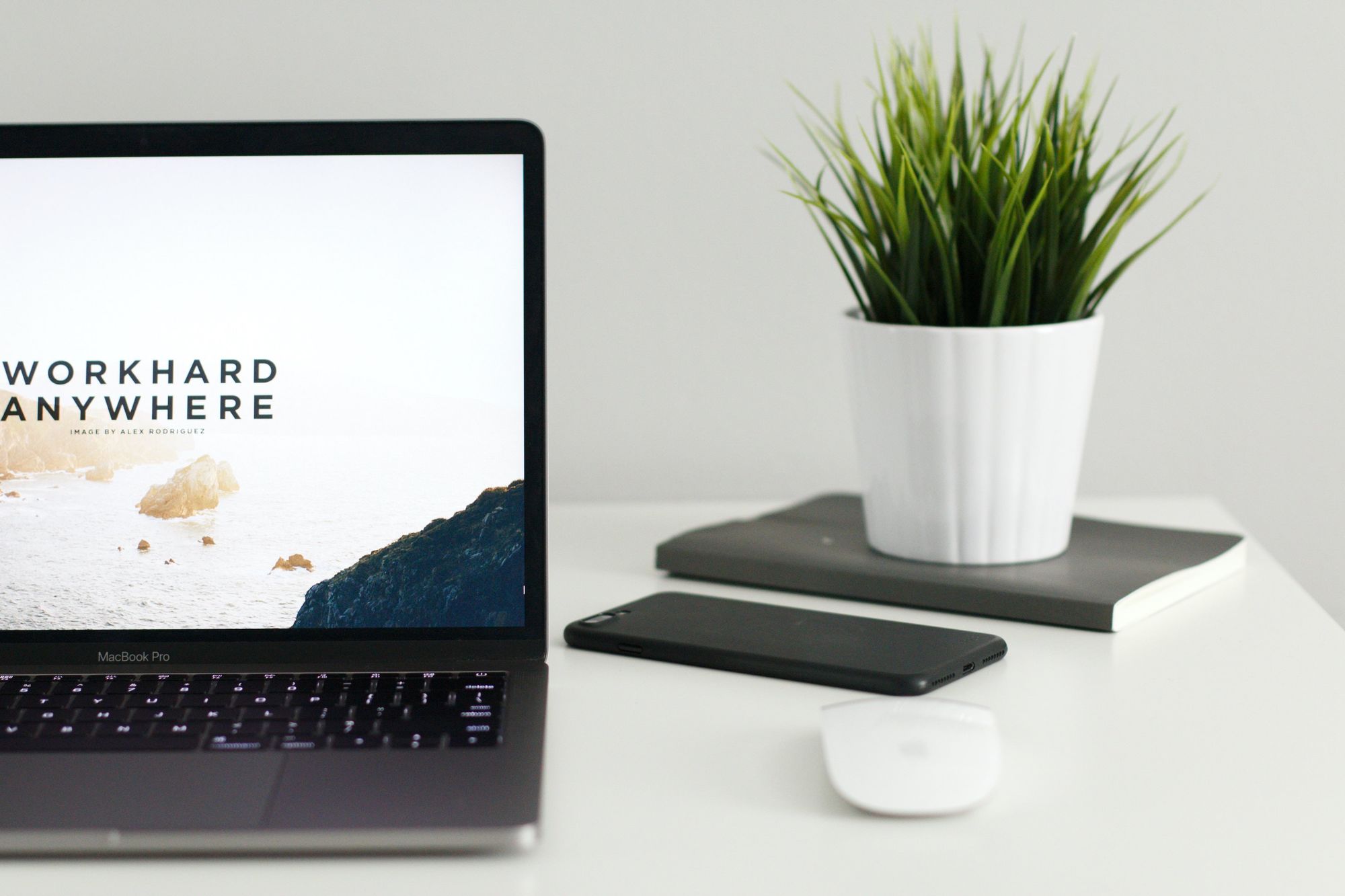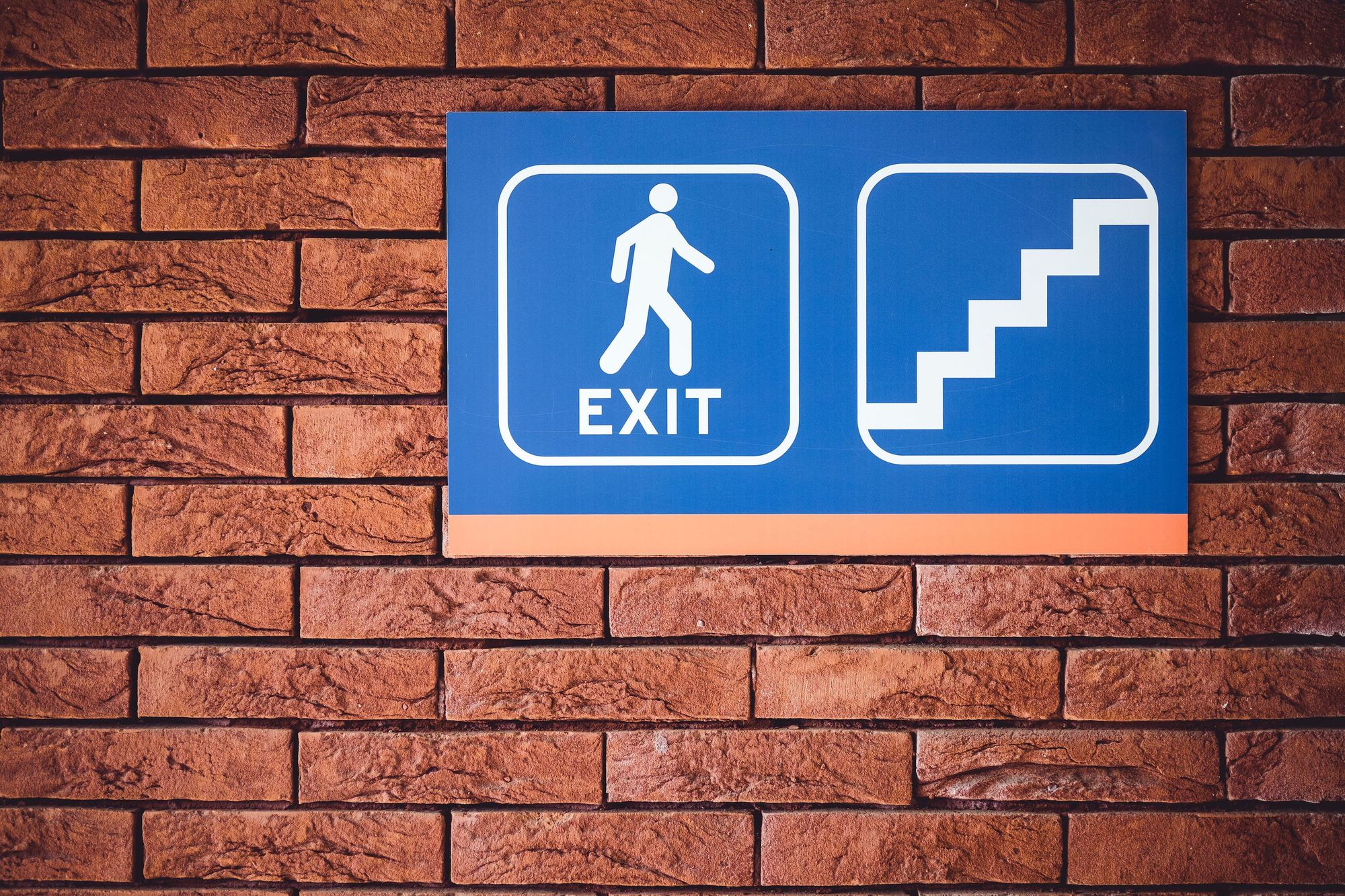Instagram is a leading social media platform and the fourth most-used social networking site in the world with 1.4 billion monthly active users. Businesses use Instagram to reach their target audience as it gives you access to 18.1% of the global population over 13 years. Creating an Instagram account for your business and promoting your brand, products, and services organically isn’t the only way to leverage Instagram’s massive reach.
Instagram has been a top advertising platform ever since it opened for advertisers. You can reach your potential customers on Instagram with targeted Instagram ads. Like any other social networking platform, Instagram lets you run ads to reach and interact with your target audience.
One thing you need to focus on when running Instagram ads is the conversion rate and how to improve it. Instagram ad campaigns with low conversion rates cost you a lot of money with minimal output. This guide covers everything you need to know about Instagram ad conversion rate, benchmarks, techniques to improve it, and more.
What Are Instagram Ads?
Instagram ads are paid posts that businesses use to connect with their audience. These paid posts appear in user feeds, stories, and other places throughout the Instagram app. Instagram marks all ads as “sponsored” to help its users know that they are looking at a sponsored post.
Unlike traditional Instagram posts, ads are feature rich and offer additional benefits to the advertisers such as calls to action and product catalogs.
Instagram ads give you access to advanced features that are available exclusively for advertisers and you can instantly reach your potential customers without having to wait for organic reach.
Instagram Ad Types
You can choose from a wide range of Instagram ad types:
- Instagram story ads
- Reels ads
- Image ads
- Carousel ads
- IGTV ads
- Video ads
- Collection ads
- Shopping ads
- Explore ads.
How Instagram Ads Work?
Instagram has an easy-to-use ad platform that lets you create an Instagram ad campaign in 5 minutes. Instagram ads work with a Facebook Page and Facebook ad account. Without a Facebook Page, you can only run Instagram boost post ads.
You can use Facebook Ads Manager, Instagram professional account, and Facebook Pages to create and manage Instagram ads.
Here is how the Instagram advertising process works:
- Choose your marketing objective
- Create an ad campaign
- Define target audience
- Choose ad placement
- Set a budget and ad scheduling
- Finalize ad creatives.
Why Instagram Ads?
Almost all social platforms have advertising platforms, what makes Instagram ads special and different? Here is why you should use Instagram ads for your business:
1. Massive Reach
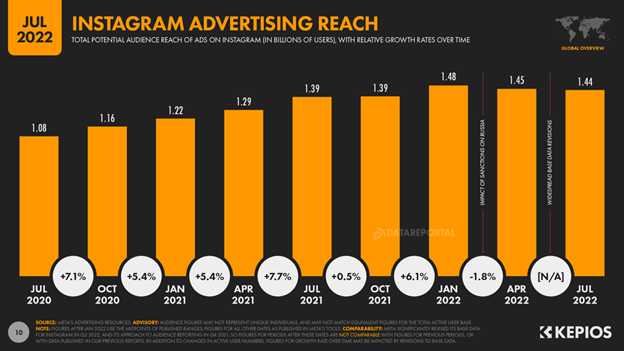
Instagram gives you access to 18.1% of the world’s population as it has 1.44 billion global users and 153.6 million active users in the USA. It is one of the few social media platforms that have a minimum age limit of 13 years. This gives you access to teenagers who are hard to target otherwise.
Instagram is the 4th most used social platform in the world. Only Facebook, YouTube, and WhatsApp have more users than Instagram. Facebook and YouTube have advertising platforms while WhatsApp has no ad platform yet.
This gives Instagram a unique advantage that it is the most popular social media ad platform that focuses on image ads. Instagram users are different in the sense that they love interacting with photos and this makes it a great place to run shopping ads and showcase your product images.
2. Higher Engagement Rate
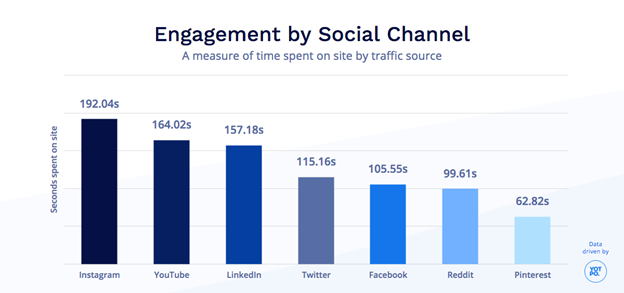
Instagram has the highest engagement rate among all the social media platforms. It has an average engagement rate of 192 seconds that’s 45% higher than Facebook and 40% higher than Twitter.
Carousel posts have the highest engagement rate on Instagram making it an ideal ad placement option for businesses:
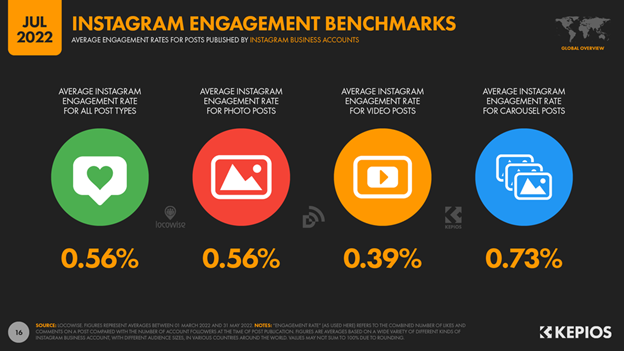
High engagement means a better conversion rate. Your target audience is more likely to interact and engage with your ads instead of ignoring them.
3. Higher Conversion Rates
A study by Facebook reported that 83% of people use Instagram to discover new products and 80% use it for purchase decisions:
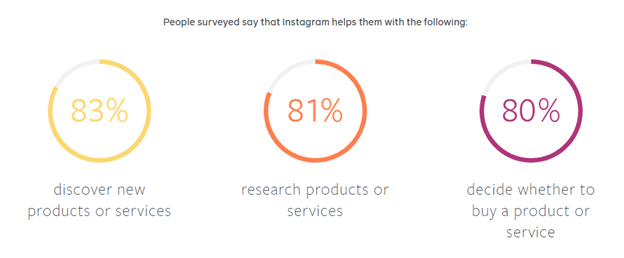
Here is a list of actions that people take after seeing a product or service on Instagram:
- 79% search for more information about the product, service, or the brand
- 65% visit the website of the company
- 46% buy a product or service either online or offline
- 37% visit the retail store.
Instagram users are action-driven. And there is a reason for it. Instagram has restricted adding links in posts. This keeps the platform clean, and the users don’t perceive brands as “spam”.
This makes Instagram ad conversion rate high because the users are already interested in relevant products and services.
4. Target Audience with Advanced Features
Instagram uses the Facebook advertising system, and you need a Facebook Page to run Instagram ads. The best way to create and manage Instagram ads is via Facebook ad manager which gives you access to advanced targeting features.
Facebook has one of the best ad networks with tons of targeting features that you don’t find with other ad networks. Facebook has a lot of personal data about its users such as where they work, what they studied, marital status, what they have been doing in recent years, likes and dislikes, and more. This data is available to the advertisers that help you target your potential customers with extreme precision.
When you run Instagram ads, you can target the audience using all the features and tools available within the Facebook ads manager.
Instagram Advertising Cost
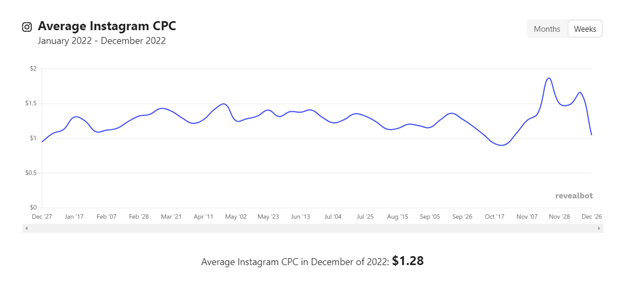
The average cost per click (CPC) for Instagram ads in 2022 was $1.28 across all industries and ad types. The average cost per mile (CPM) in 2022 was $10.21.
The Instagram ads cost is determined by different factors that are used to calculate the average cost you will pay per click, mile, or conversion for the ads. The factors that determine Instagram ad cost include:
1. Bidding Strategy
Your bidding strategy is the most crucial factor that determines Instagram ad cost. It is something you can control. With a high bid amount, you pay more leading to an increase in ad cost (but not necessarily CPC or CPM).
You can choose between manual bidding and automatic bidding. Instagram manages your bids based on ad relevance, competition, and user experience.
The actual bid you pay for a click or mile depends on several factors including target audience, demographics, location, industry, ad type, ad placement, date and time, competition, and more.
2. Relevance Score
Instagram rates all the ads based on the ad’s relevance to its target audience. Ads with high relevance scores are rewarded by Instagram in the form of increasing the bid.
Ads with positive interactions like clicks and views have a high relevance score. Ads with negative interactions like reports and flags have a low relevance score. Engaging ads have a lower cost per click as Instagram rewards such ad campaigns.
3. Estimated Action Rate
It refers to the probability a user takes the desired action after seeing your ad. If Instagram thinks that your ad is more likely to generate the desired action and will lead to engagement, your ad will be prioritized, and you will be rewarded in the form of a low CPC.
A high estimated action rate leads to a high relevance score and vice versa. In any case, you will end up paying less than your competitors by creating better ads.
Instagram Ad Cost Vs Other Social Media Platforms Ad Cost
Instagram advertising cost isn’t the lowest when compared with other social media platforms’ ad costs. This is because Instagram has limited ad placements leading to high competition among bidders. This increases the cost per click/mile.
Here is a comparison of Instagram ad cost with the cost of running ads on other social media platforms:
Instagram Vs. Facebook Ads Average Cost
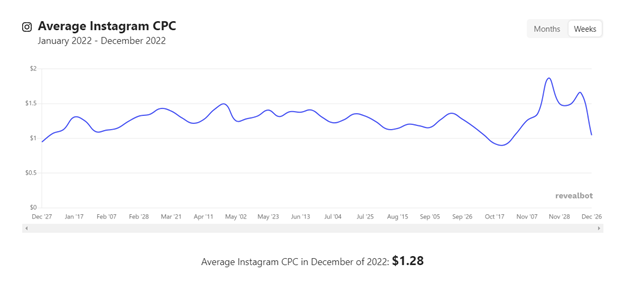
The average CPC for Instagram ads varies for different ad placements, locations, industries, and other factors. When compared to Facebook ads, the average CPC for Instagram ads is between $0.20 to $2 while Facebook’s average CPC is $0.97. The average CPM for Instagram ads is $6.70, and Facebook has $7.19.
According to another benchmark, the Instagram average cost per click for Instagram Feed ads is much higher than Stories ads ($3.35 vs. $1.83):

Similarly, the average CPM for Feed ads is higher than for stories ads ($7.68 vs. $6.25):
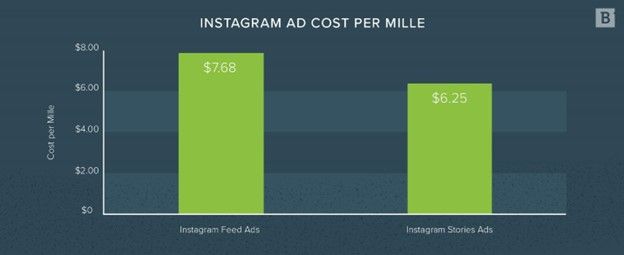

You can’t expect a flat average cost for your Instagram account, but generally, it is cheaper than Facebook – especially in the long run.
Both Facebook and Instagram are part of the same company Meta, and they use the same auction model, you can expect CPC and CPM to fall in the same range for similar industries, ad types, and locations. Facebook has a high CPM and CPC compared to Instagram. This is because Facebook ads have fierce competition among bidders as it is the largest social networking site globally – and the #1 preference of businesses for running advertising campaigns.
Twitter Ads Average Cost
Twitter ads are cheaper than Instagram ads. The average CPC for Twitter ads across all industries is $0.58 with an average cost per mile of $5:

Twitter is more suitable for B2B ads due to the demographics of its user base. Also, it is focused on text as opposed to visual content like Instagram and this lowers the cost of advertising on Twitter.
LinkedIn Ads Average Cost
The global average CPC on LinkedIn is $5.58 while the average CPM stands at $33.80 making it quite expensive when compared to Instagram.
LinkedIn is a B2B ad social platform where businesses target other businesses. This makes it an expensive social ad network.
YouTube Ads Average Cost
YouTube charges advertisers on the number of views instead of clicks. Cost per view is the basic metric (as opposed to cost per click) on YouTube. The average cost per view across all industries is $0.048:
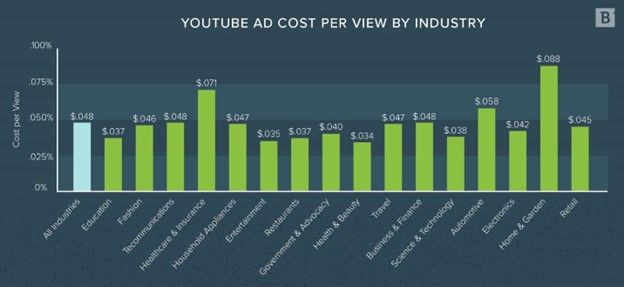
All the industries have cost per view under $0.1. How does this compare to Instagram ad cost?
YouTube is more suitable for brand awareness campaigns with massive marketing budgets. Instagram ads are more focused on clicks than views. If you compare the cost, YouTube’s cost per view of $0.048 is much higher than Instagram’s average CPM (that’s almost equivalent to view) of $7.68 for Feed ads. It will cost an average of $48 for 1,000 views on YouTube.
YouTube ads are way more expensive than Instagram ads.
Instagram Ads Average Conversion Rate
The average conversion rate of Instagram ads is 18% (for ads and organic) making it one of the best social platforms with the highest paid and organic conversion rates. Compare this with the average conversion rate of a website of 2.35%, the conversion rate for Facebook ads is 9%, and TikTok ads have a conversion rate of 2.3% whereas organic posts have a 14% conversion rate:
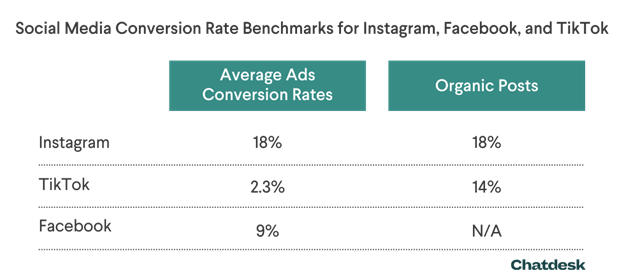
Instagram ads lead the charts when it comes to conversion rate. This is due to high engagement rates. Over 90% of Instagram users follow a brand and 50% of Instagram users visit a brand website to buy a product or service after seeing it in Stories.
The conversion rate for Instagram ads varies and is influenced by ad placement, industry, and other factors. For example, if you run a sponsored post campaign on Instagram with a popular influencer with thousands of engaged followers, you will have higher conversion rates.
A typical Instagram ad might have an average conversion rate as ads require intensive experimentation for conversion rate optimization before they deliver a high conversion rate.
How you calculate the conversion rate is also important.
MikMak calculated the average conversion rate for Instagram, Facebook, and TikTok measured conversion rate as a click on the website or a tap to view products. This is known as a micro conversion (a small step towards a bigger conversion, usually a sale or lead).
Tracking Instagram ads conversion rate end to end with attribution requires advanced tracking that’s resource intensive. Businesses prefer measuring conversion rates for Instagram ads based on website visits from Instagram ads.
If you measure conversion rate based on a sale or lead, your Instagram ads conversion rate will dip significantly.
What is a Good Instagram Ad Conversion Rate?
Regardless of how you measure conversion rate, a good conversion rate for Instagram ads is one that delivers a positive ROI.
Does this make an 18% conversion rate good?
Yes, 18% is a great conversion rate when compared with the average conversion rate of other social ad networks. Even if it is a micro-conversion rate, it is exceptionally good.
For any social ad campaign, if your conversion rate is above 2-3%, you are doing a good job as long as you are not losing money. You can still lose money with a 5% conversion rate, and you can be profitable with a 2% conversion rate.
It depends on the advertising cost (CPC and CPM).
If your Instagram ads have a low conversion rate, you need to optimize your ads and campaigns to improve the conversion rate.
Ideally, the higher your conversion rate, the better. A high conversion rate makes your campaigns profitable, and you can reach breakeven quickly.
The conversion rate shouldn’t be measured in isolation. You need to analyze all the key metrics including cost per click, click-through rate, cost per mile, conversion rate, total conversions, leads, sales, revenue, and profit. This will give you a better view of how your Instagram ads are performing.
How to Increase Instagram Ad Conversion Rate and Reduce Cost
What if your Instagram ads perform poorly with a low conversion rate? You need to optimize your ads for conversions with experimentation and testing.
To help you get started, follow these best techniques to increase your Instagram ad conversion rate:
1. Set Clear Goals For Ads
Setting a clear goal for every ad you create is a great way to improve the conversion rate. Don’t create ads for the sake of ads to drive traffic to your website but have a clear purpose for each ad and ad set.
Using SMART goals help you create advertising goals:
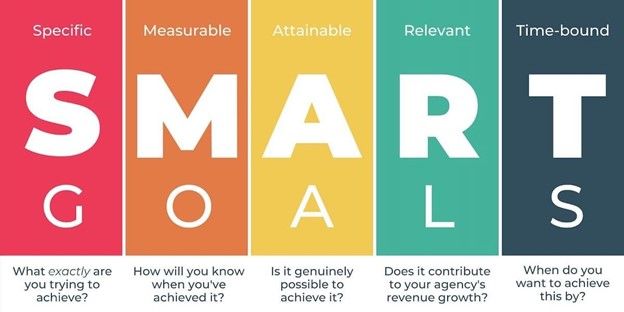
Your goal needs to be specific, measurable, attainable, relevant to your business objectives, and time-bound. This makes it easy to maintain relevance and consistency across ads and landing pages.
For example, if you are creating an ad to generate leads, you must send traffic to a squeeze page to collect email addresses and contact details of your target audience. However, if you are running an ad campaign for brand awareness, you can boost your Instagram posts to reach a wider audience without sending traffic to a landing page.
With a clear approach like this, it gets easier to define conversion and calculate conversion rates.
For higher conversion rates, set goals at the ad level instead of the ad set or campaign level. Stick with one ad, one landing page, and a single goal.
2. Choose the Right Ad Placements
Not all ad placements on Instagram perform well for all types of businesses and ad campaigns. You need to pick your ad space smartly with a focus on conversions (and cost, of course). The ad placement must be relevant to your ad goal.
Instagram offers two types of ad placements: Automatic and manual.
With automatic ad placement, Instagram can choose any placement for your ad where it is expected to perform best in terms of engagement and conversion. You can choose your own ad placements with a manual setting and your ads will specifically show on the placements that you choose.
The Instagram ad placements include:
- Feed
- Stories
- Reels
- Explore
- Shop.
For higher conversion rates, initially choose automatic ad placements. Later, switch to the manual ad placement based on conversions. Choose placements with the highest conversion rate and exclude others. Don’t let Instagram choose ad placements for your ads for an unlimited duration. You might exhaust your marketing budget fairly quickly.
3. Create a Landing Page
Landing pages are a must for a high conversion rate. Landing pages with sign-up forms have the highest conversion rate of 23% among other types of landing pages. Research shows that there is a positive association between the number of landing pages and new leads.
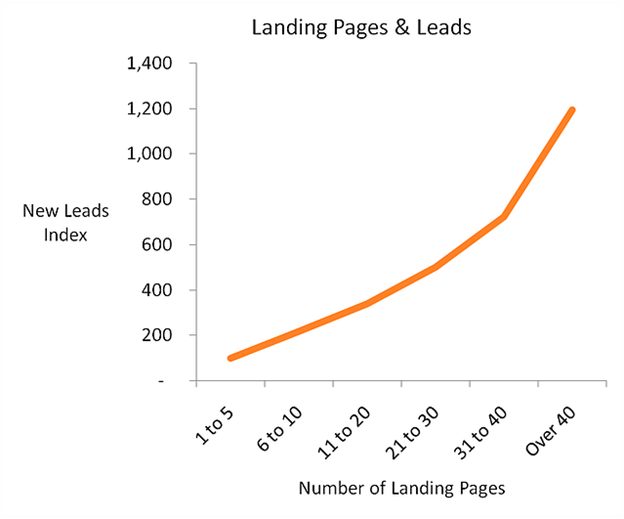
A landing page makes it easy to enforce singularity and relevance. Singularity refers to having one offer per landing page with no distraction or friction for the users. You can’t get singularity by sending traffic from an Instagram ad to your home page where you have listed multiple offers. It won’t deliver desired results even if you have communicated specific actions for your target audience.
Relevance means that the landing page should be relevant to the ad goal and ad copy. Landing pages help achieve relevancy as landing pages are standalone marketing pages that you can design as per need.
A major reason for the low conversion rate is the lack of relevance between the ad and the landing page. Your landing page must deliver what your Instagram ad promised. Else, expect visitors to leave your landing page immediately leading to a low conversion rate.
Creating a landing page for Instagram ads isn’t enough, it must be optimized for mobile and must follow landing page best practices.
You can use Subkit to create mobile-friendly landing pages with a few simple clicks. It features an easy-to-use platform that lets you sell online without any technicalities. Use it to generate leads, email campaigns, sell subscription services, or pre-launch.
Subkit is free to use and works for digital products, physical products, and subscription services. Give it a try by sending traffic from Instagram ads to a Subkit landing page and see conversions skyrocket.
4. Optimize Copy for Best Results
Your need to optimize copy for the ad and landing page. And these two copies must be consistent and relevant.
The ad should presell the offer on your landing page. The landing page should pitch the same offer as promised in the ad.
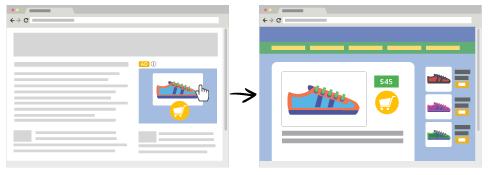
If you use Subkit to create landing pages for your offers, your pages will be optimized for conversions. You need to follow the guidelines and create landing pages.
And then create relevant Instagram ads that promote one offer.
Follow these Instagram ad copy best practices:
- Use high-quality images and videos
- Create videos and images in a way that they don’t look alien to the Instagram users
- Highlight product benefits instead of features
- The ad copy must be relevant to the images
- Have a clear and solid headline
- Keep copy concise
- Use action and power words in headline, copy, and caption
- Use relevant hashtags.
5. Add a Clear CTA
The call to action is the most important part of your ad. The target audience has to click or tap the CTA to convert. Even if people love your Instagram Stories ad, if they don’t tap the CTA, the conversion won’t happen.
Instagram has built-in CTAs that you can pick from such as shop now, learn more, sign up, etc. You should add text CTA in the ad copy. Text CTAs increase conversion rate by a whopping 121%. So, don’t rely on Instagram’s built-in CTAs, add at least one text CTA in the ad copy.
Follow these best practices for text CTAs:
- Make it prominent with special characters or emojis
- Keep it short
- Make CTA action-oriented by telling your potential customers what they should do to get the offer
- Use action verbs in the call to action.
Use Subkit Landing Pages for Higher Conversion Rates
Instagram ads are one of the best ways to drive targeted traffic to your product landing page in a cost-effective way. The conversion rate of Instagram ads primarily depends on the relevance between the landing page and ad copy. Use Subkit to create optimized and targeted landing pages for your products and services. You can do it in less than 10 minutes and then create Instagram ads based on the offer you are selling (or preselling) on the Subkit landing page.
Get started today free of cost for the best results.
